Dont Waste Data Transfer Learning to Leverage All Data for Machine-Learnt Climate Model Emulation Raghul Parthipan12
Don'tWasteData:TransferLearningtoLeverageAllDataforMachine-LearntClimateModelEmulationRaghulParthipan1;2rp542@cam.ac.ukDamonJ.Wischik1damon.wischik@cl.cam.ac.uk1DepartmentofComputerScienceandTechnology,UniversityofCambridge,UK2BritishAntarcticSurvey,Cambridge,UKAbstractHowcanwelearnfromallavailabled...
相关推荐
-
《发电厂电气部分》(第四版)07-配电装置VIP免费

 2024-12-10 42
2024-12-10 42 -
《发电厂电气部分》(第四版)04-04-限制短路电流的方法VIP免费

 2024-12-10 73
2024-12-10 73 -
《协议出让国有土地使用权规范》VIP免费
 2024-12-26 152
2024-12-26 152 -
《圣经研究-耶利米哀歌》VIP免费
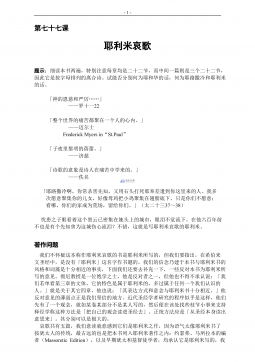
 2024-12-26 303
2024-12-26 303 -
《摩根-路加福音》VIP免费
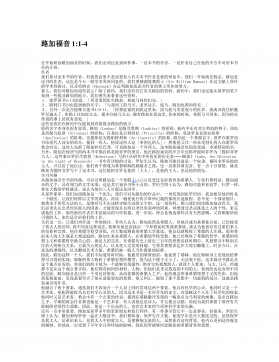
 2024-12-26 173
2024-12-26 173 -
《马太亨利圣经注释约翰福音注释》VIP免费
 2024-12-26 250
2024-12-26 250 -
高达—行政事业单位内部控制规范解读3.0(99页)VIP免费

 2025-08-09 209
2025-08-09 209 -
2024年度行政事业单位内部控制报告编报指标讲解VIP免费

 2025-08-09 51
2025-08-09 51 -
TBT3238-2010 动车组牵引电动机技术条件
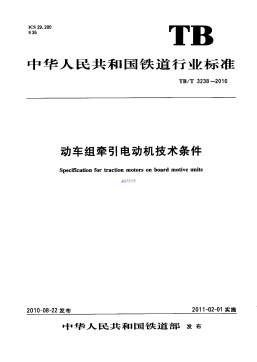
 2025-08-18 3
2025-08-18 3 -
内控报告佐证材料清单及示例(参考)
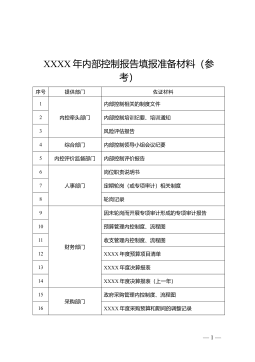
 2025-11-20 23
2025-11-20 23
作者详情
相关内容
-

TBT3241-2010 移动式焊轨车
分类:
时间:2025-08-18
标签:无
格式:PDF
价格:10 玖币
-
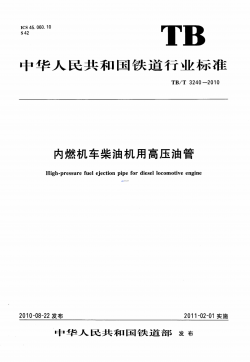
TBT3240-2010 内燃机车柴油机用高压油管
分类:
时间:2025-08-18
标签:无
格式:PDF
价格:10 玖币
-

TBT3239-2010 铁路用微合金化钢魏氏组织金相检验图谱
分类:
时间:2025-08-18
标签:无
格式:PDF
价格:10 玖币
-

TBT3238-2010 动车组牵引电动机技术条件
分类:
时间:2025-08-18
标签:无
格式:PDF
价格:10 玖币
-

内控报告佐证材料清单及示例(参考)
分类:
时间:2025-11-20
标签:无
格式:DOC
价格:10 玖币



 渝公网安备50010702506394
渝公网安备50010702506394
